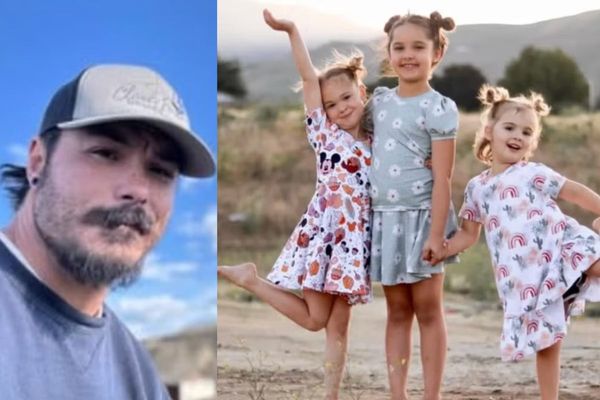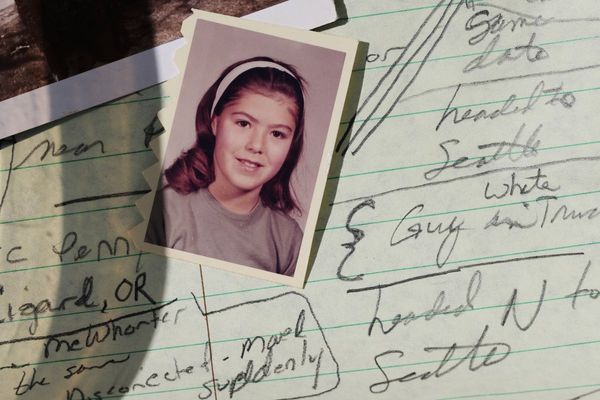Esther S. Takeuchi tackled a tough first project after joining private company Greatbatch in 1984. She aimed to invent a battery to save millions of lives.
Luckily, though, Takeuchi enjoyed a head start. She tapped her formula as a successful scientist to solve the problem. The result? She gave heart patients a new lease on life. Takeuchi developed a battery that powers tiny, implantable cardiac defibrillators (ICDs) — devices that detect and correct irregular, potentially fatal, heart rhythms.
Takeuchi's lithium silver vanadium oxide (Li/SVO) battery boosted the life span of ICDs to five to seven years. That means fewer surgeries for patients to replace batteries. And her invention advanced battery chemistry and spread the adoption of ICDs — saving millions of lives.
Her invention is just the headline for a career of scientific achievements. Takeuchi holds more than 150 U.S. patents, making her one of the country's most prolific inventors. In 2009, President Obama presented Takeuchi with the National Medal of Technology and Innovation, the highest honor possible for technological achievement in the U.S.
Focus On Solving Problems Like Esther Takeuchi
Takeuchi is now distinguished professor and William and Jane Knapp chair at Stonybrook University, holding a joint appointment at the Department of Energy's (DOE) Brookhaven National Laboratory.
But Takeuchi's formula for innovation is simple. Focus on solving problems and breakthroughs will follow. "Identify an important problem, and then find a path to figure out how to solve it," Takeuchi said.
Takeuchi stuck to her formula working on the Li/SVO battery. What was the problem to solve? "A (cardiac defibrillator) device had been invented, but it needed a suitable battery," she told Investor's Business Daily. "That was really the motivation to do the research. It was clear that this device could save millions of lives, but it needed to be suitable for clinical use."
Before Takeuchi's invention, ICDs were too big. They also had terrible battery life, lasting 12 to 18 months at best.
"Focus," said Takeuchi, unlocked the solution. "We knew what problem we needed to solve. We achieved success with the battery by having scientific insight and innovation and having a strong team of people who could bring it to reality," she said.
Don't Stop With The First Solution
Takeuchi and her team developed the battery through a number of innovations. It took a new cathode material, highly conductive electrolyte and a novel cell design to create the battery.
The process took time, testing Takeuchi's patience. She started developing the battery in 1984. And the first human implant of the battery was 1987 in Australia. But patients benefited immediately. Doctors implant hundreds of thousands of these devices (ICDs) each year.
Takeuchi: Motivate Your Team
Such a long development process pushed Takeuchi to motivate her team. And effective communications with the team kept everyone in sync on the project at Greatbatch, where she headed research and development for batteries. Greatbatch is now part of Integer Holdings.
Takeuchi says communication isn't just talking, though. She listened to the research staff and heard their challenges. Additionally, she plugged into new breakthroughs in the battery industry that might help her team.
"My philosophy is that we don't walk this path alone," Takeuchi said. "It is truly important to be surrounded by people who are wise and who can provide counsel and perspective."
Takeuchi says her husband is her single biggest influence in her life. Kenneth Takeuchi is distinguished teaching professor at Stonybrook. "He is a role model," Esther Takeuchi said. "Beyond support he provides continual scientific guidance, strategic advice and technical insights. That has been crucial to my own success."
Don't Stop Learning
Solving tough problems takes more than just a team effort. It takes a team filled with curious people with unstoppable cravings to learn, Takeuchi says.
"We don't go into solving a problem with knowledge about everything we need to know to figure it out. That's where a team comes in," she said. "A team needs to learn everything (important to finding the solution) to participate in the problem solving process."
And teams function much better when each member brings a fresh approach.
"One of the things that's important in solving problems is we need multiple perspectives," Takeuchi said. "Multiple perspectives in science are critical, not just because it's socially or politically correct, but because it makes us better problem solvers."
Building and motivating teams is one of Takeuchi's great powers.
"She's successful as an innovator and a problem solver because she has taken an idea from a concept in the lab to a real working battery that has saved millions of lives and remained a market leading American-made battery," said professor Amy Marschilok, co-director, Institute of Energy: Sustainability, Environment and Equity (I:SEE). Marschilok works with Takeuchi on energy storage research. "She is now poised to translate clean energy concepts from measurements in the lab to functional systems in the field that can help us have a clean energy future."
Jump Over Hurdles Like Takeuchi
Takeuchi says persistence separates success from failure in science. "When you do research you're always up against what's not known. With every experiment we have a plan. But it doesn't always turn out like we planned," she said. "We have to be resilient and can't let disappointment or changes in plans overwhelm us."
It's no coincidence Takeuchi became a scientist. She began thinking like a scientist as a young girl around the ages 10 to 12. "I had a natural curiosity and I liked to be able to see the insides of things," she said.
An example of Takeuchi "being fascinated with the insides of things" was her experiment with the lost and abandoned golf balls she found in a nearby park. She would take the golf balls apart to see what was inside.
Tap Your Past
Takeuchi's adolescence influenced her journey to become a scientist. Her parents grew up in Latvia, a small country in northern Europe. "During World War II they became displaced persons," said Takeuchi. "They left their home and everything behind."
They spent six years in displaced persons camps in Europe before getting the OK to come to the U.S. in the 1950s. Takeuchi's sister was born in Latvia, her brother was born in Germany, and she was born in the U.S.
Takeuchi learned a valuable lesson from her parents' experience. Her father told her "you need to get an education because in life you can lose everything. But if you have an education that will stay with you forever.'"
Takeuchi took her father's words to heart.
She earned a B.A. in chemistry and history from the University of Pennsylvania in 1975 and a Ph.D. in organic chemistry from Ohio State University in 1981. She then served as a postdoctoral research associate in electrochemistry, first at the University of North Carolina at Chapel Hill from 1982 to 1983, and then at the State University of New York at Buffalo from 1983 to 1984.
In 2007, she began her academic career at SUNY Buffalo, where she held joint appointments in the Department of Chemical and Biological Engineering and the Department of Electrical Engineering. She joined Stonybrook in 2012.
Look For Your Next Step
After success at Greatbatch, Takeuchi pursued an academic career. She joined the University at Buffalo.
She saw two opportunities in academics. "One is to pursue other scientific questions," she said.
For example, the batteries Takeuchi and her team are working on now relate to clean energy. "The opportunity to impact the well being of society — people — is enormous," she said. "While the medical device had a huge impact, this is having an even bigger potential impact."
Takeuchi and her team are researching batteries that are safe and use environmentally friendly materials. She says these batteries might be possible to "match up" with solar cells or wind power internationally for a low-cost safe storage for electricity.
But the ability to teach the next generation of scientists also drew her to academia. "People who are educated can carry on important work," she said.
Mentoring is the best way to prepare future generations for significant challenges they will face, Takeuchi says.
Not surprisingly, she's refined a plan to teach optimally, too. "It's also about providing motivation, making sure the students are interested in learning. That's as important as it is covering information and solving problems," she said.
Esther S. Takeuchi's Keys
- Developed the battery powering implantable cardiac defibrillators (ICDs) — devices that detect and correct potentially fatal heart rhythms.
- Overcame: Technical hurdles to create a battery that was small enough and long-lasting enough to work.
- Lesson: "With every experiment we have a plan. But it doesn't always turn out like we planned. We have to be resilient and can't let disappointment or changes in plans overwhelm us."







